Phosphate Flotation
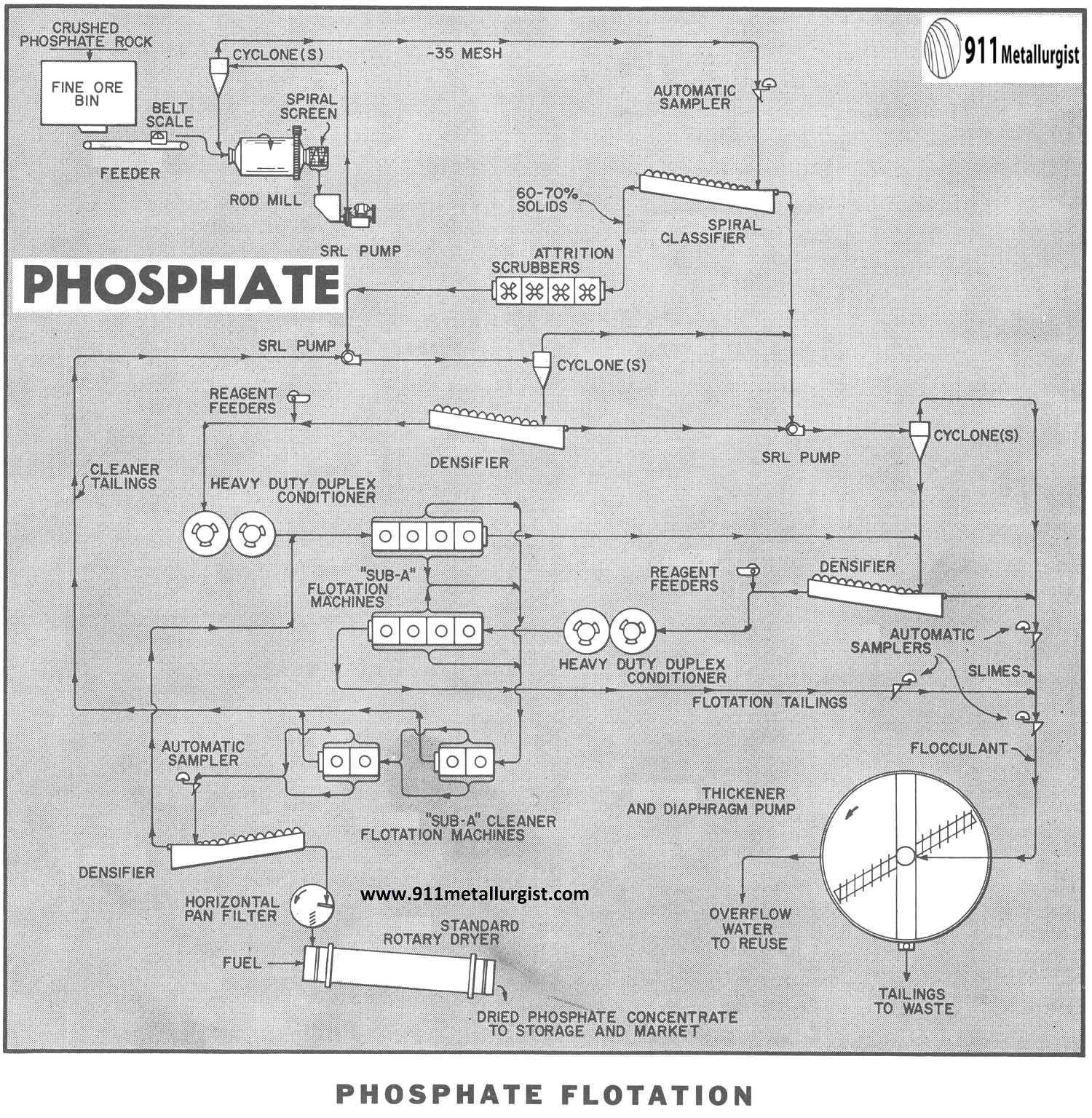
The phosphate-bearing formations in the West constitute relatively thick beds of phosphatic sandstones and shales that can be mined on a large scale employing open pit methods. The mineralogical characteristics vary considerably and require various treatment conditions for specific areas. For Phosphate, flotation is, in general, very important to upgrading the phosphate rock and is employed in […]
Leaching Mercury Sulfide
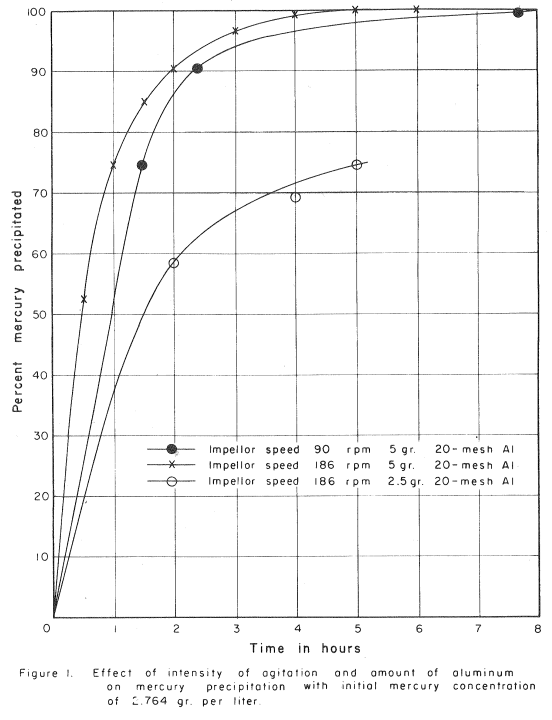
Hydrometallurgical methods have received increased attention for the treatment of many ores in recent years. Whereas, direct furnacing has been regarded as the standard process for mercury (cinnabar) ores, hydrometallurgical methods offer an alternate consideration. The chemistry of this process is not new, but with the impetus to hydrometallurgical methods, it is only logical that […]
Leaching Plant Design

Leaching plants, faced with increased tonnage, coarse (up to —3/16″ solids) feed, longer retention time, erosion, corrosion and the high cost of space, must be compact, simple and highly efficient. The engineer faced with the obvious economy of using a few large agitators compared to many smaller units must also evaluate the design factors which will prevent the settling-out of solids, provide […]
Beneficiation Process of Kaolinite
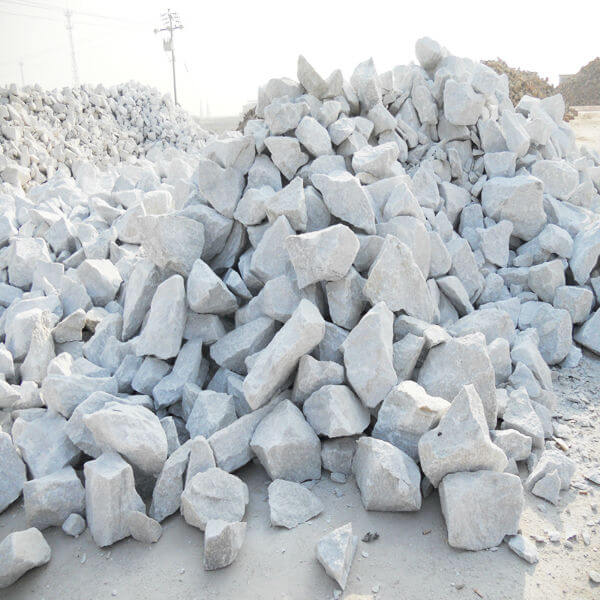
Kaolin is an important industrial mineral having numerous uses and requiring various market specifications. High brightness kaolin clays represent a continuing challenge to the producer. An advancement in this field of Kaolinite Clay Beneficiation has been a patented process developed by Minerals and Chemicals Philipp Corporation and termed Ultra Flotation. Contaminants that are 1 micron […]
Beneficiation of Iron Ore
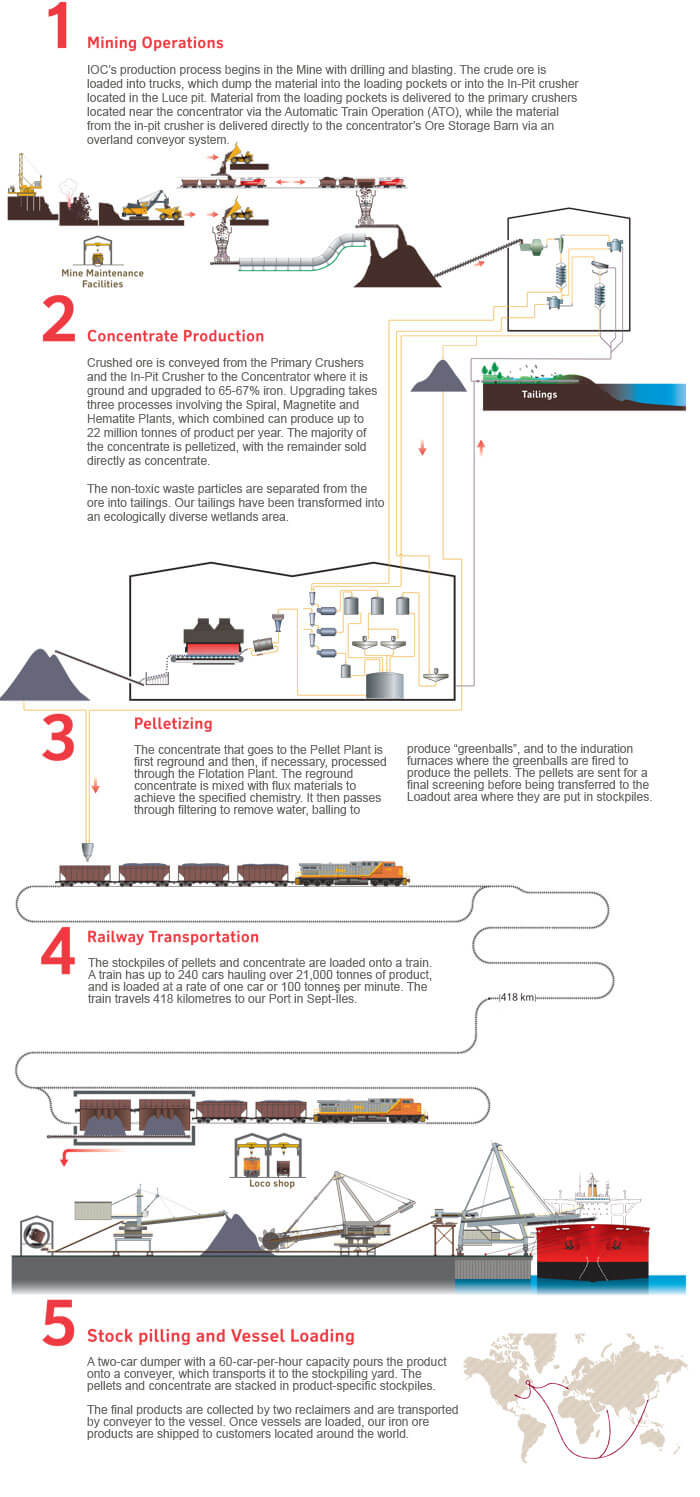
Beneficiation of Iron Ore and the treatment of magnetic iron taconites, stage grinding and wet magnetic separation is standard practice. This also applies to iron ores of the non-magnetic type which after a reducing roast are amenable to magnetic separation. All such plants are large tonnage operations treating up to 50,000 tons per day and […]
Heavy Media Separation Process
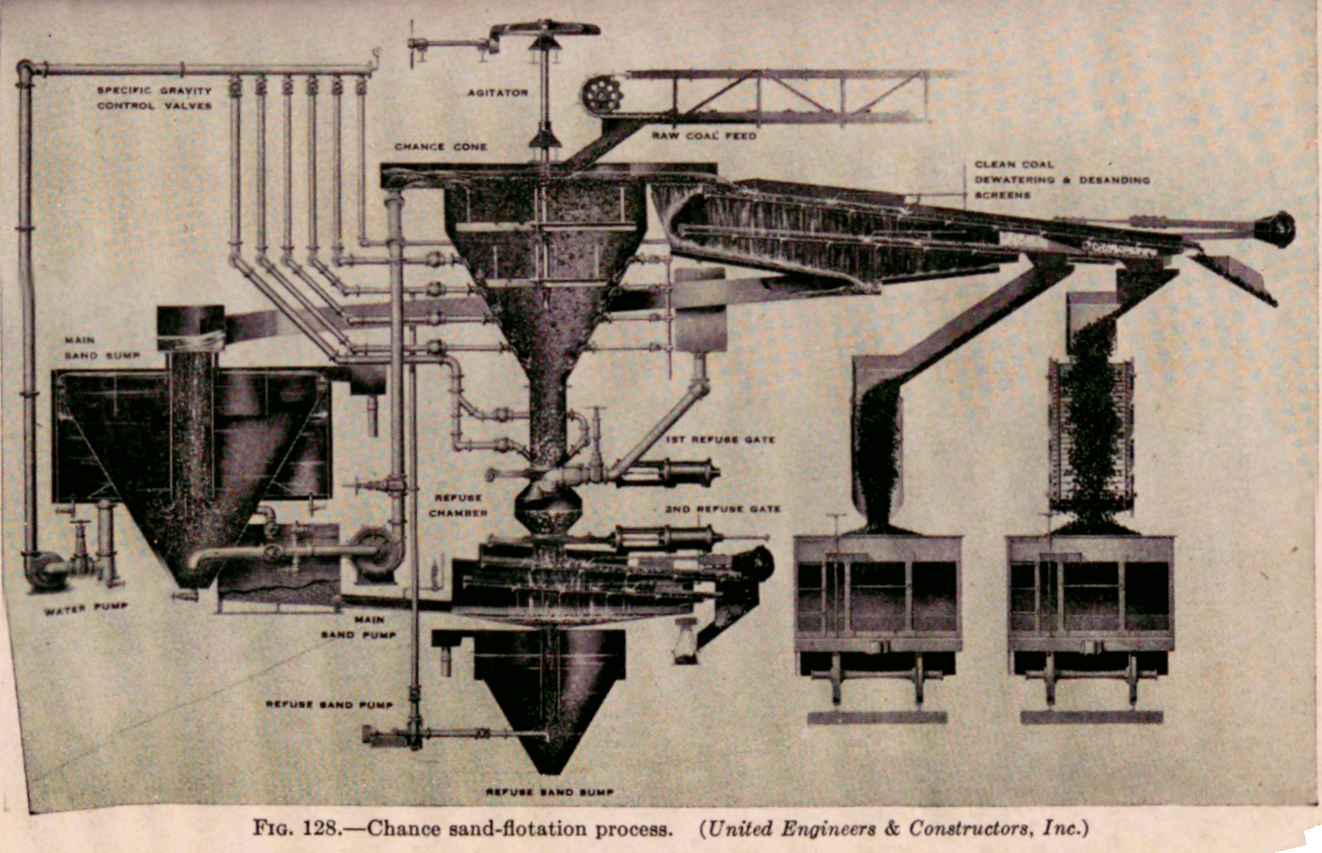
The Sink and Float separation process is part of what is also known as a Heavy Media Separation Process (HMS) and are commercial adaptations of the common laboratory procedure used for separating a mixture of two products having differentials in specific gravity by immersing the sample in a heavy liquid having a gravity intermediate to those of […]
Different Types of Flotation Cells
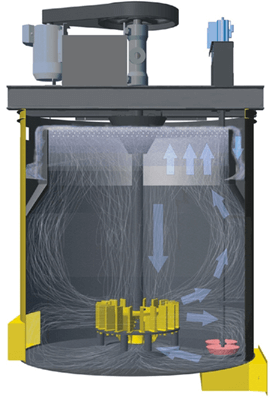
Flotation is both a science and an art. It brings together many complex variables. Such basic factors as knowledge of mineral structure, chemical reagents, pH of mill water, pulp density, temperature, technical skills of the operator, the dependability of the flotation machine, as well as a host of other factors which affect the flotation of […]
Segregation Process of Mixed Sulphide Copper Ore
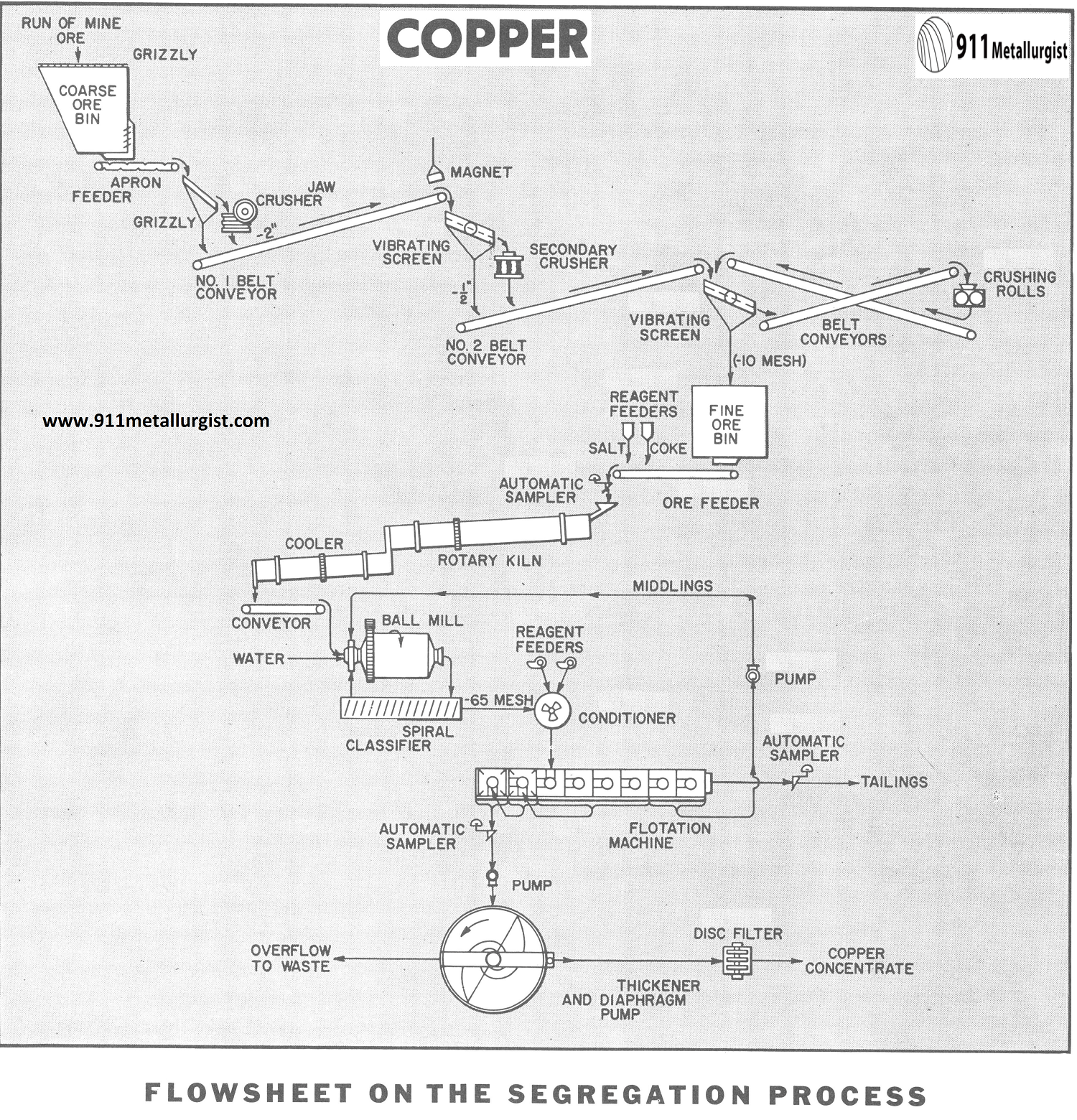
Sulphide copper ores are normally concentrated by flotation while the oxide ores undergo hydrometallurgical treatments. The mixed sulphide-oxide copper ores may be processed by combined methods such as flotation followed by leaching and precipitation of the oxidized portion, or vice-versa. Also a Leach-Precipitation-Float Process (LPF Process) has been successfully applied. However, when oxide or mixed […]
Roasting Silver Ore
Roasting Silver Ore
Technical Report Writing
A Classic by Thomas Arthur Rickard “T.A.” an early 1900s scientist and author.
